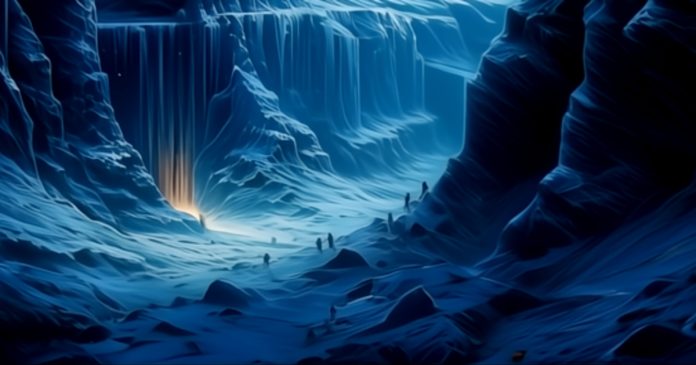How fire shaped the Ice Age reveals sophisticated Pyrotechnology wielded tens of thousands of years ago, transforming survival in Earth’s coldest era. At Ukraine’s Korman’ 9 site, archaeologists uncovered hearths showcasing advanced fire-making techniques. A Geoarchaeology study by William C. Murphree and team shows early humans burned wood, bone, and fat, reaching over 600°C. Far from basic, these methods fueled warmth, food, and innovation. Their mastery of fire anchored Ice Age communities, forging a legacy of resilience and ingenuity.
The Last Glacial Maximum, 26,000 to 19,000 years ago, gripped Europe in relentless cold. Glaciers sprawled, and temperatures plummeted. Yet, ancient hunter-gatherers, in now Ukraine, thrived by commanding fire. Three distinct hearths, each uniquely built, expose their skill. These findings reshape our view of Ice Age life, proving early humans engineered heat with precision to conquer a frozen world.
Hearths of Ingenuity: Fire-Making Techniques
Korman 9 Excavation Site
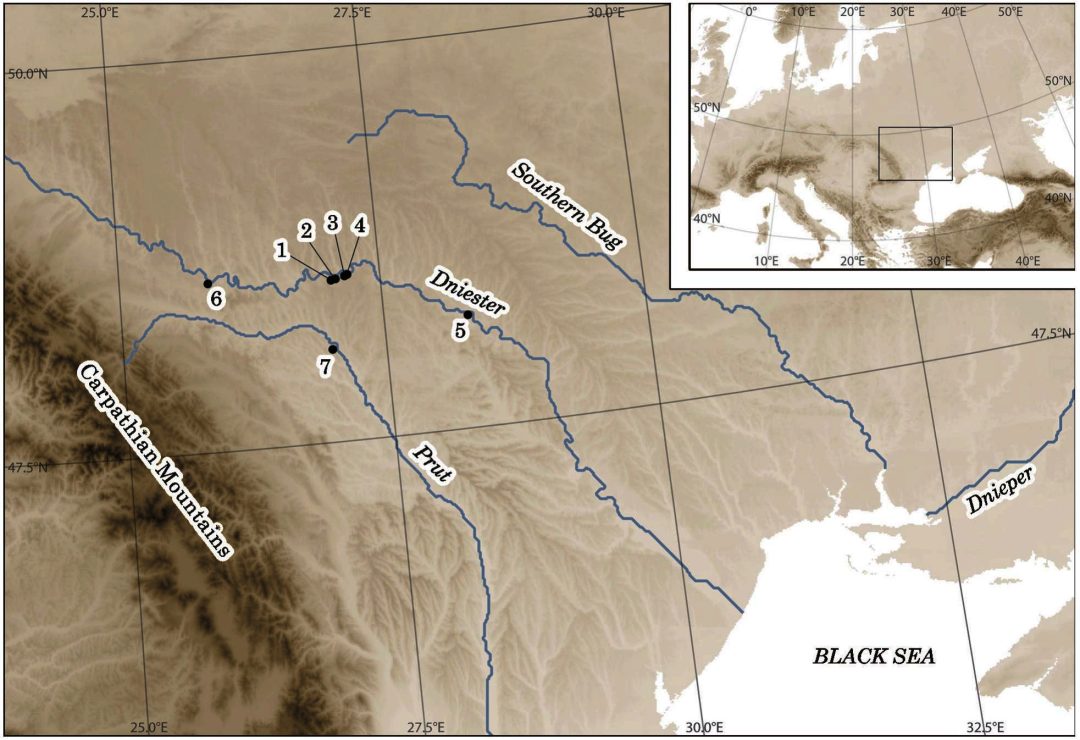
How fire shaped the Ice Age illuminates through Korman’ 9’s varied hearths. Researchers studied three combustion features, each distinct. One, a shallow pit, held dense ash, suggesting prolonged use. Another, a surface fire, left scorched earth, ideal for quick heat. The third, a deep basin, contained bone fragments, pointing towards mixed fuels. These designs show deliberate choices. Each hearth served specific needs, from cooking to enduring frigid nights and more.
Strategic Fuel Choices
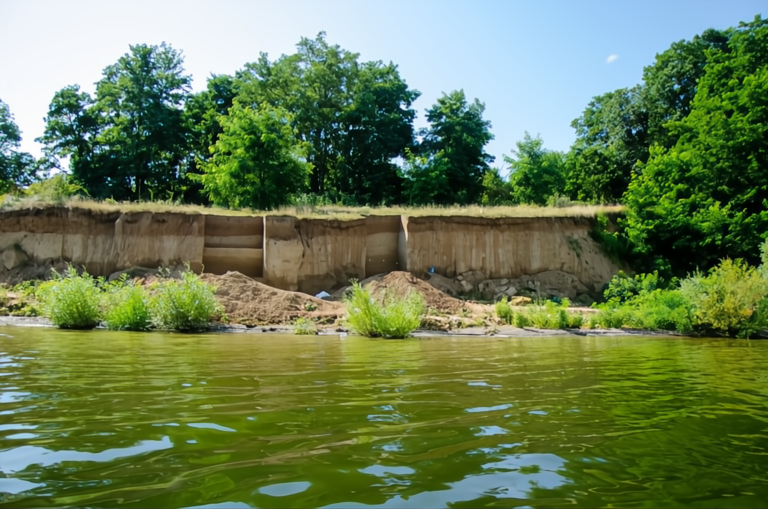
Wood, mainly pine and oak, formed the main core of these fires. One hearth included bones, likely mammoth or reindeer, their grease boosting heat. Fat-soaked sediment in another suggests animal drippings intensified flames. Temperatures soared past 600°C, enough to roast game or harden tools. How fire shaped the Ice Age reflects resource blending, optimizing scarce materials. Their fuel strategies reveal deep environmental knowledge.
Unlocking Secrets with Science
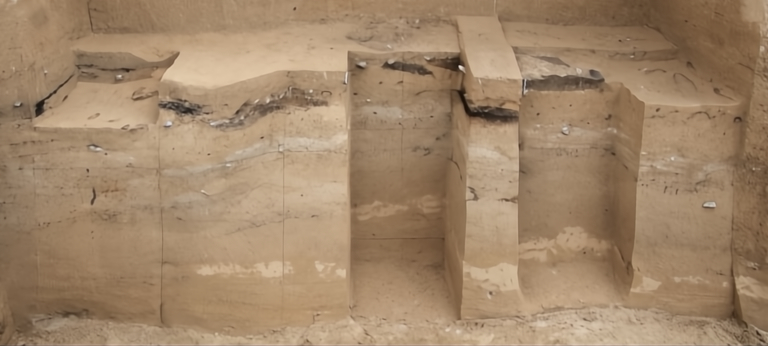
Microanalysis decoded these hearths. Soil samples showed phytoliths, plant traces that survive burning. Bone fragments bore heat stress, confirming high temperatures. Charcoal identified wood types, and ash layers decoded burn duration. Radiocarbon dating ties the hearths to 20,000–22,000 years ago, peak Ice Age. Stratigraphy supports their age and purpose. This rigorous study highlights early humans’ technical prowess, far beyond mere survival.
Fire’s Role in Ice Age Survival
Nourishment and Warmth
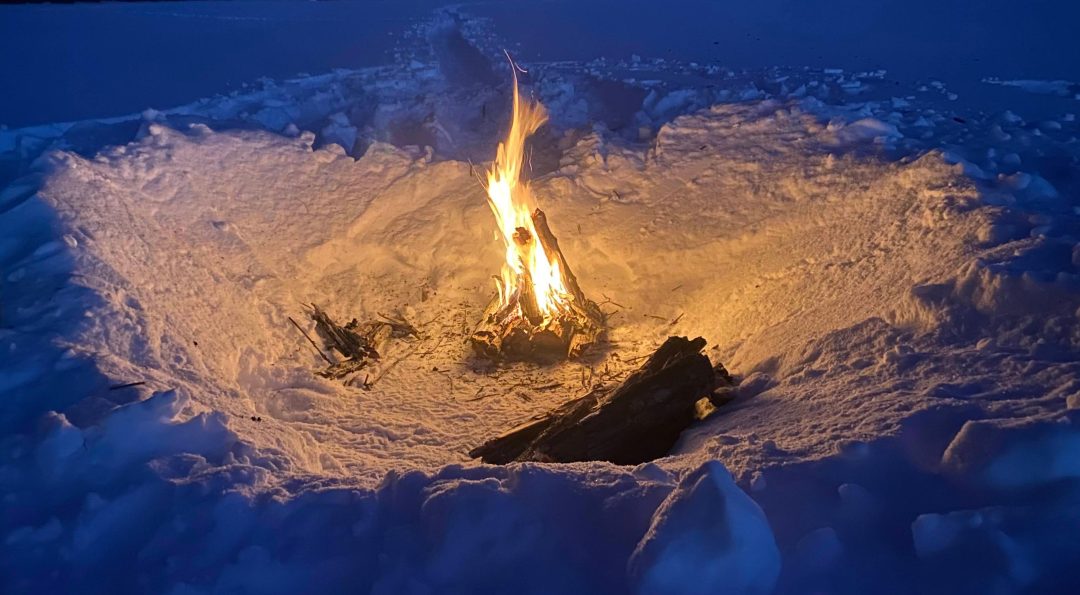
How fire shaped the Ice Age transformed raw resources into sustenance. Korman’ 9 hearths likely roasted mammoth or hare, making protein digestible. Fire softened tough roots, expanding diets in a frozen world. Beyond food, flames offered warmth, critical when nights dipped below -20°C. A steady blaze dried hides or thawed gear. These fires turned harsh steppes into livable homes, anchoring human presence.
Crafting with Heat
Fire extended beyond cooking. Intense heat hardened spear tips, strengthening wood or bone. Ash, rich in alkali, may have aided hide tanning. One Korman’ 9 hearth, burning fiercely, suggests bursts for toolmaking. Such control implies experimentation, perhaps early chemistry. How fire shaped the Ice Age sparked innovation, laying groundwork for later advances like ceramics or metallurgy. Their flames fueled both survival and progress.
Building Bonds
Hearths united people. Fires drew groups to share meals or tasks, fostering cooperation. Korman’ 9’s varied designs suggest roles, some tended flames, others hunted or cooked. This teamwork built trust, essential for survival. Firelight stretched waking hours, enabling planning or rituals. In the dark steppe, flames created a hub of connection, strengthening Ice Age communities against the cold.
Who Were These Pyrotechnologists?
Gravettian Firekeepers
How fire shaped the Ice Age ties to the Gravettian culture, active 33,000–21,000 years ago. These hunter-gatherers roamed Europe, skilled in mammoth hunting and bone-carving. Korman’ 9’s hearths match their camps, marked by ivory tools and beads. Men, women, and children likely shared fire tasks, each contributing to the blaze. Their nomadic life demanded versatile skills, evident in the hearths’ diverse builds.
Passing Down Knowledge
Practice and teaching refined their craft. Striking flint sparked flames, while friction tools, like bow drills, sustained them. Korman’ 9’s hearths exhibit expertise. Elders likely guided youth to stack wood, add bone, or save embers. This knowledge, woven into daily life, accelerated humanity. Their fires burned as proof of wisdom handed down through generations.
A Wider Network
Korman’ 9 fits a broader pattern. Dolní Věstonice in Czechia reveals hearths with fired clay figurines. France’s Abri Pataud shows bone-fueled fires, echoing Ukraine’s. These sites suggest Pyrotechnology spread across Gravettian networks, linking camps over vast distances. How fire shaped the Ice Age reflects a shared legacy, their methods uniting communities continent-wide.
Rewriting Ice Age History: Fire’s Legacy
Defying Old Views
How fire shaped the Ice Age challenges notions of primitive cave-dwellers. Korman’ 9’s hearths prove advanced engineering. Diverse designs, mixed fuels, and high temperatures show careful planning. These humans matched later societies in skill, using fire to reshape their world. The study demands a new perspective, placing Pyrotechnology at Ice Age life’s core.
A Cultural Web
Fire connected Gravettian life to wider advances. Korman’ 9’s hearths foreshadow Neolithic kilns or Bronze Age forges. Bone-burning parallels Inuit oil lamps, hinting at ancient fuel ingenuity. Trade routes, moving flint or hides, likely carried fire techniques too. These flames wove a cultural network, tying Ukraine to distant camps. Fire wasn’t just warmth; it sparked human creativity across the steppe.
Enduring Impact
Korman’ 9’s fires transformed existence. Controlled blazes let humans settle frigid regions, from Ukraine to Siberia. Cooking improved nutrition, fueling brain development over time. Fire-hardened tools sharpened hunts, securing food. Socially, hearths fostered teamwork, a model for later villages. The study positions fire as a driver of human evolution, its glow a lasting force in our story.
Masters of the Flame
How fire shaped the Ice Age unveils a saga of mastery. Korman’ 9’s hearths, with ash, bone, and charred wood, showcase brilliance. Burning 20,000 years ago, these fires transcended survival. No mere embers, they powered life, craft, and unity. Gravettians didn’t just endure cold; they conquered it, their flames a testament to human will, scorched in the earth.

